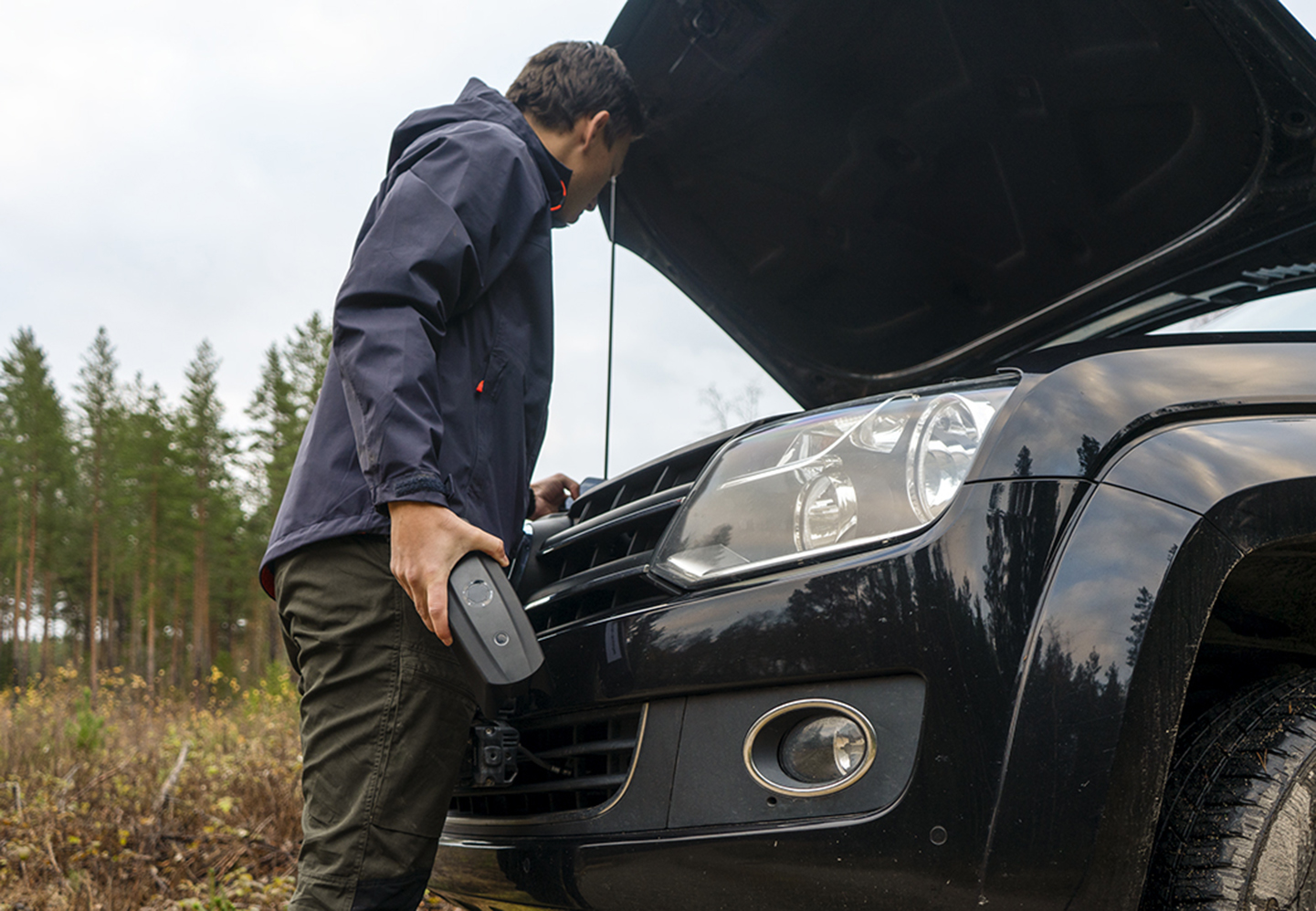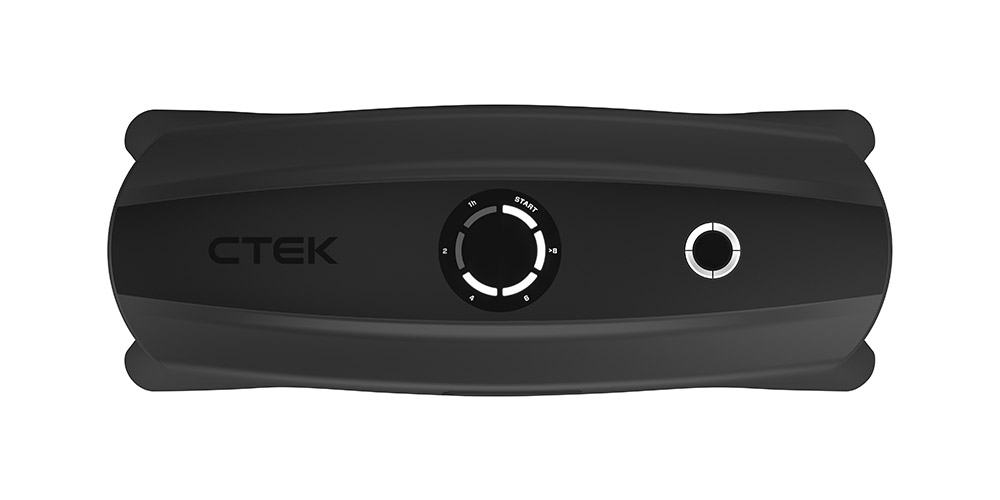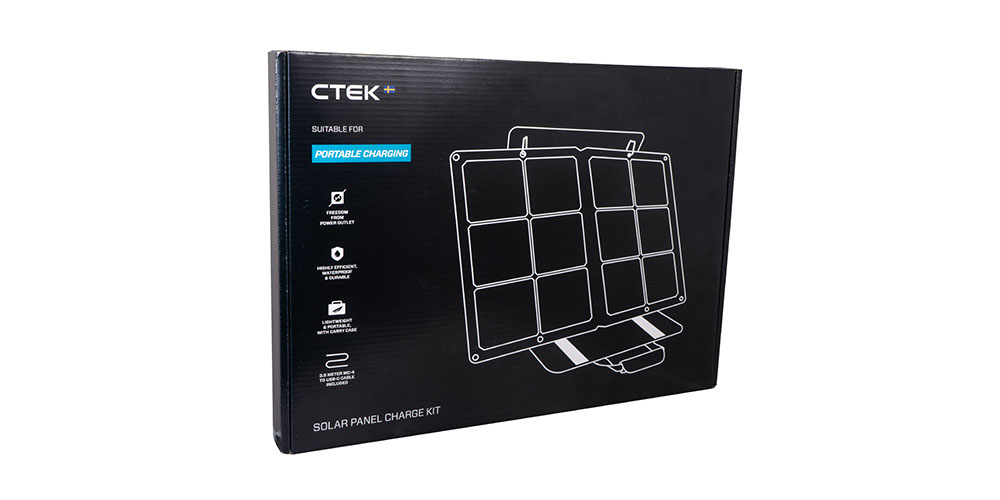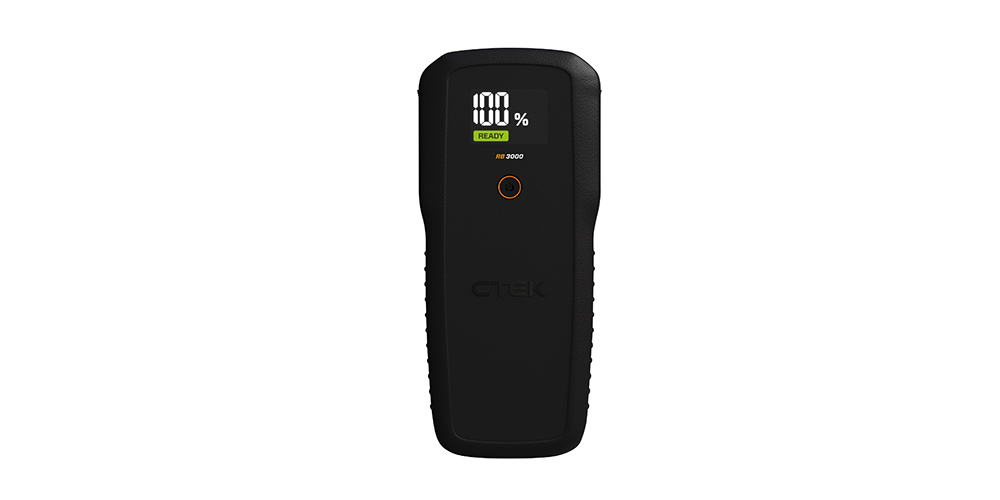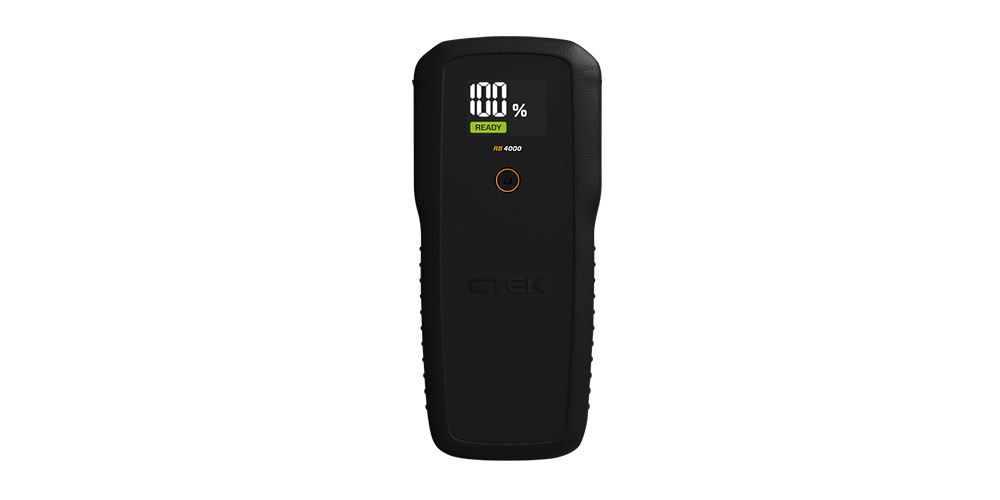Jump Starters - Get Going Again with the Right Jump Starter
Jump Starters - When you find yourself with a flat battery, having the right jump starter can make all the difference. Whether you use traditional jump cables, a portable jump starter pack, or an Adaptive Booster, the goal is the same — to get your vehicle started quickly, safely, and with confidence.
Why do batteries go flat?
A flat battery can happen for many reasons. Simply leaving a vehicle unused for long periods of time will slowly drain the battery. Modern cars also have electronic systems that continue drawing power even when the engine is off, increasing the discharge rate.
Extreme temperatures can also have a big impact. Hot weather can speed up battery drain, while cold weather makes it harder to start the engine — both situations can leave you in need of a jump starter to get back on the road.
Traditional jump cables — a familiar solution
Jump cables have long been a common way to start a car with a flat battery. By connecting to another vehicle’s battery, you can transfer power and start the engine. However, this method depends on having another vehicle nearby and requires careful handling to ensure correct connection.
Modern jump starters — easier and more convenient
Thanks to today’s technology, modern jump starters make it easier than ever to start your vehicle. Portable jump starters like RB 3000 and RB 4000 deliver powerful, reliable performance without the need for another vehicle. They’re designed with built-in safety features and provide instant power to get your car started wherever you are.
Adaptive Boosters — an all-in-one alternative
Alongside traditional jump starters, there are also Adaptive Boosters that offer a slightly different approach. The CS FREE with Adaptive Boost technology powers up the battery itself, so it can start the vehicle on its own within 10-15 minutes. It works with both lead-acid and lithium batteries.
Choose the best jump starter for your needs
Both jump starters and Adaptive Boosters are great solutions for flat batteries — they simply serve different needs.
- RB 3000 and RB 4000 jump starters provide an instant boost, helping you get going right away.
- The CS FREE Adaptive Booster offers flexibility for both starting and charging, keeping your battery ready for every journey.
Whether you need the instant power of jump starters or the versatility of an Adaptive Booster, you’ll always be ready to get back on the road — quickly, safely, and with confidence.
